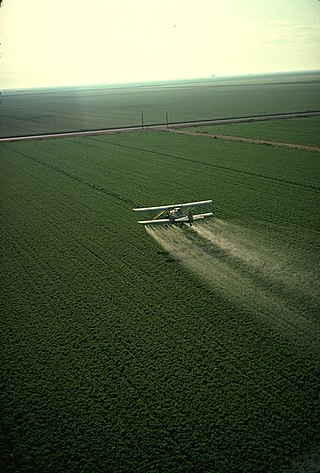来自维基百科,自由的百科全书
绿色革命(英语:Green Revolution),或称为第三次农业革命(Third Agricultural Revolution),是一组1950年至1960年代末之间的一系列研究技术转让倡议,1960年代末开始最显着地提高了全世界的农业产量,特别是在发展中国家。[1] 这些举措使新技术得到应用,其中包括谷物的高产品种(英语:High-yielding varieties)(HYVs),特别是矮化小麦和水稻、化肥和农用化学品结合、可控的供水(通常涉及灌溉)和新耕种方法,包括机械化。这些都被视为将取代“传统”技术、被整体采用的“一揽子实践”。[2]

福特基金会和洛克菲勒基金会都参与了绿色革命在墨西哥的最初发展。[3][4]其中一位主要领导人“绿色革命之父”诺曼·博劳格于1970年获得诺贝尔和平奖。他因拯救了超过十亿的饥饿人口而倍受赞誉。其基本方法是开发谷物高产品种,扩大灌溉基础设施,现代化管理技术,向农民分发杂交种子、合成肥料和农药。
美国国际开发署(USAID)署长威廉·高德(William S. Gaud)在1968年3月8日的演讲中首次使用了“绿色革命”一词,他提到了新技术的传播:“农业领域中这些及其他的进步包含着一场新的革命。这不是像苏联那样的红色革命,也不是像伊朗国王那样的白色革命。我称之为绿色革命。”[5][6]
|last2= (帮助)Seamless Wikipedia browsing. On steroids.
